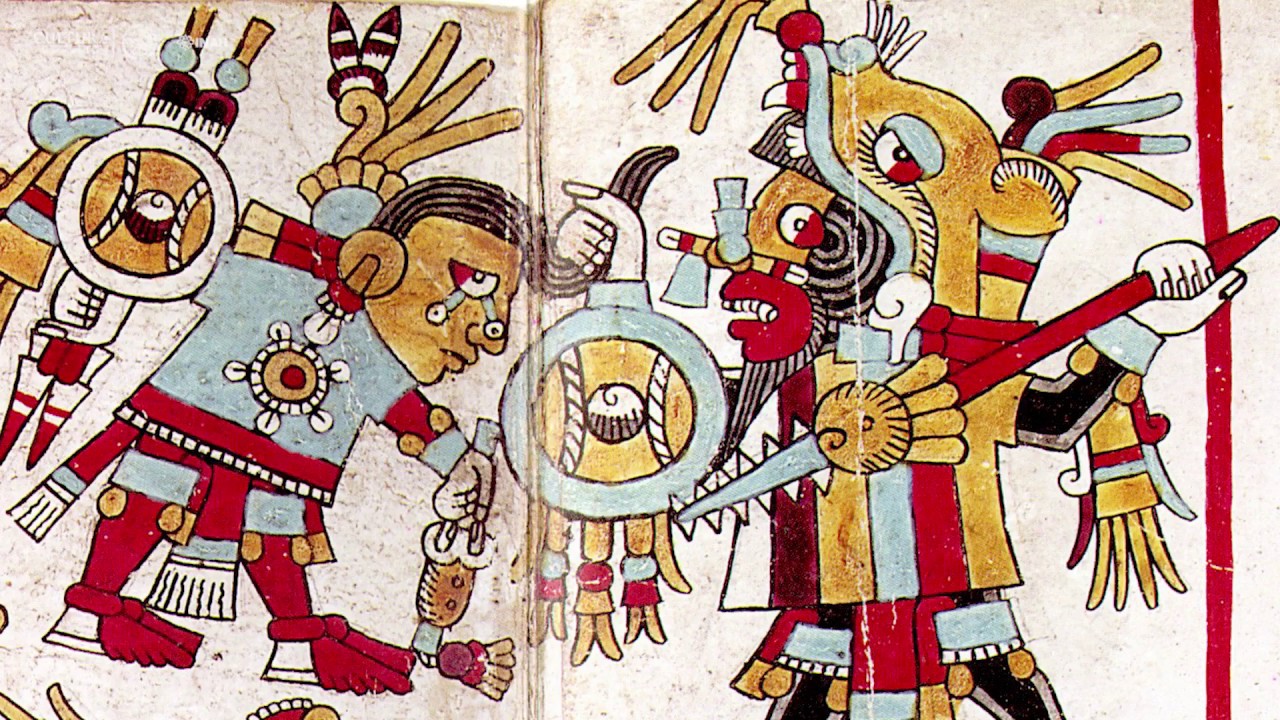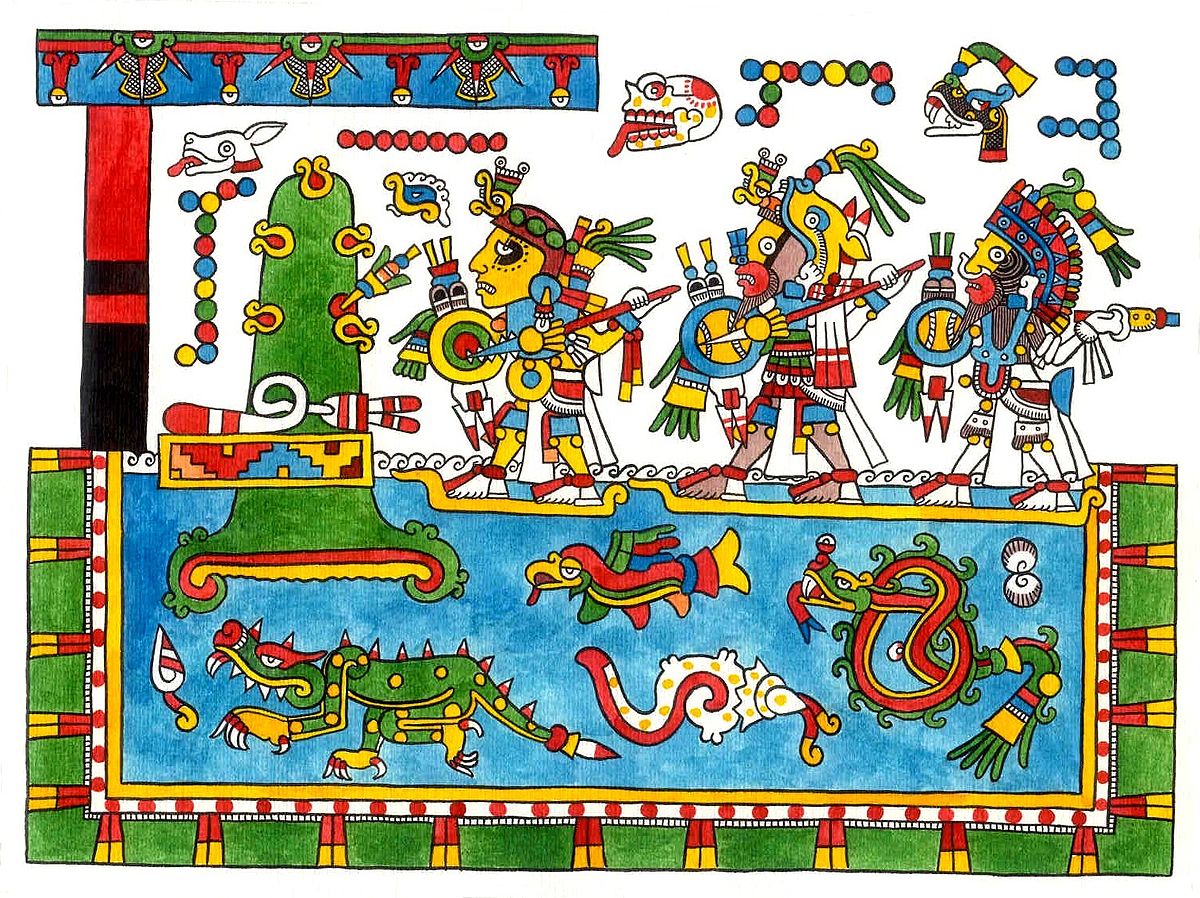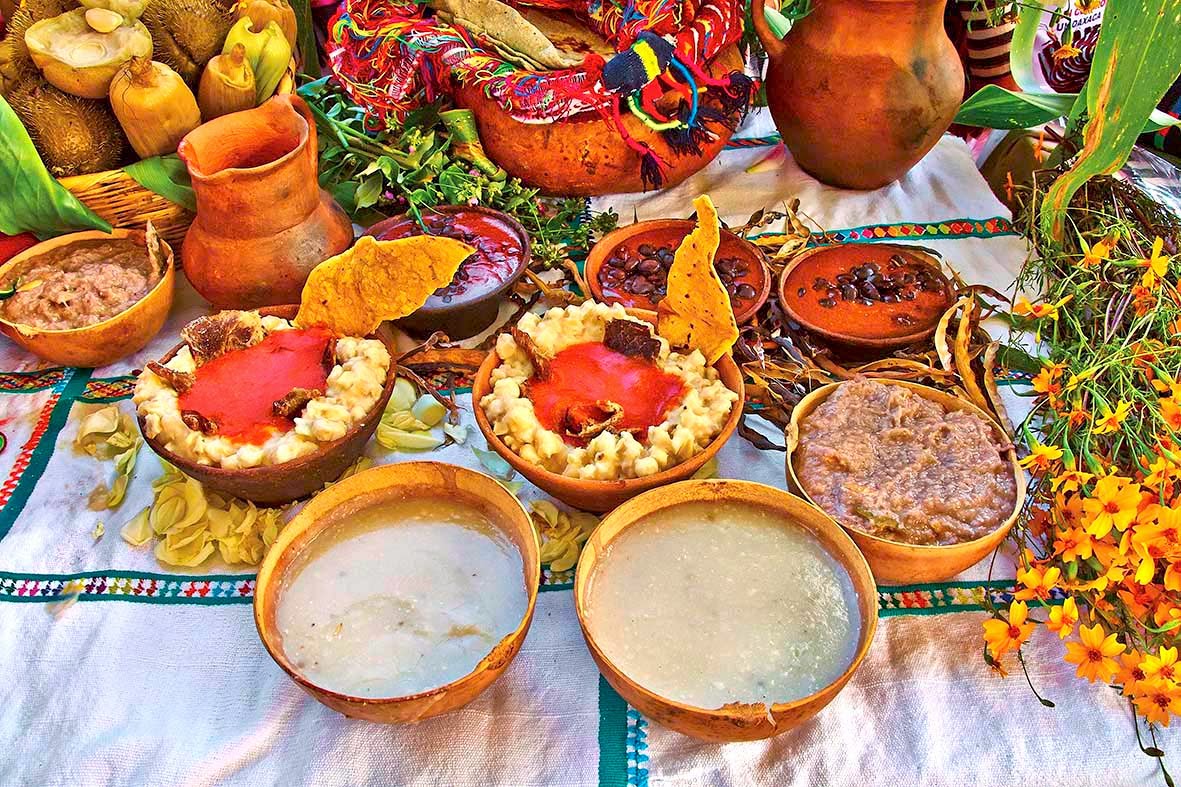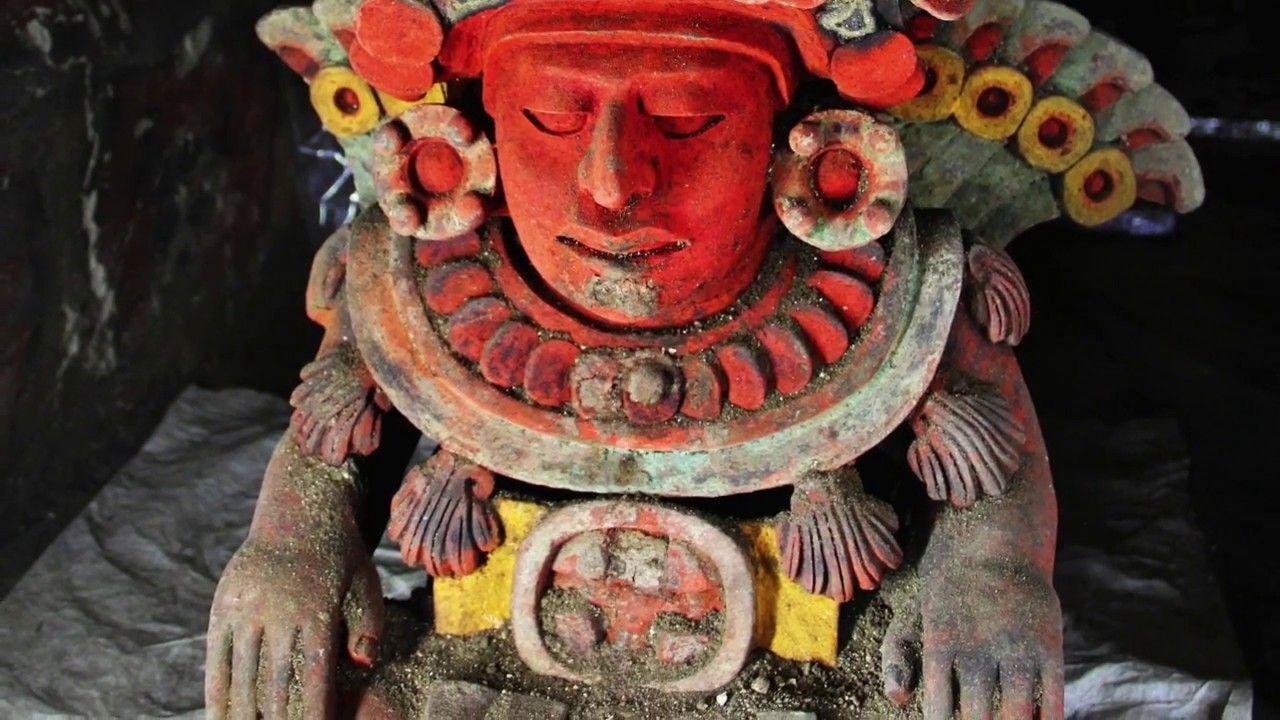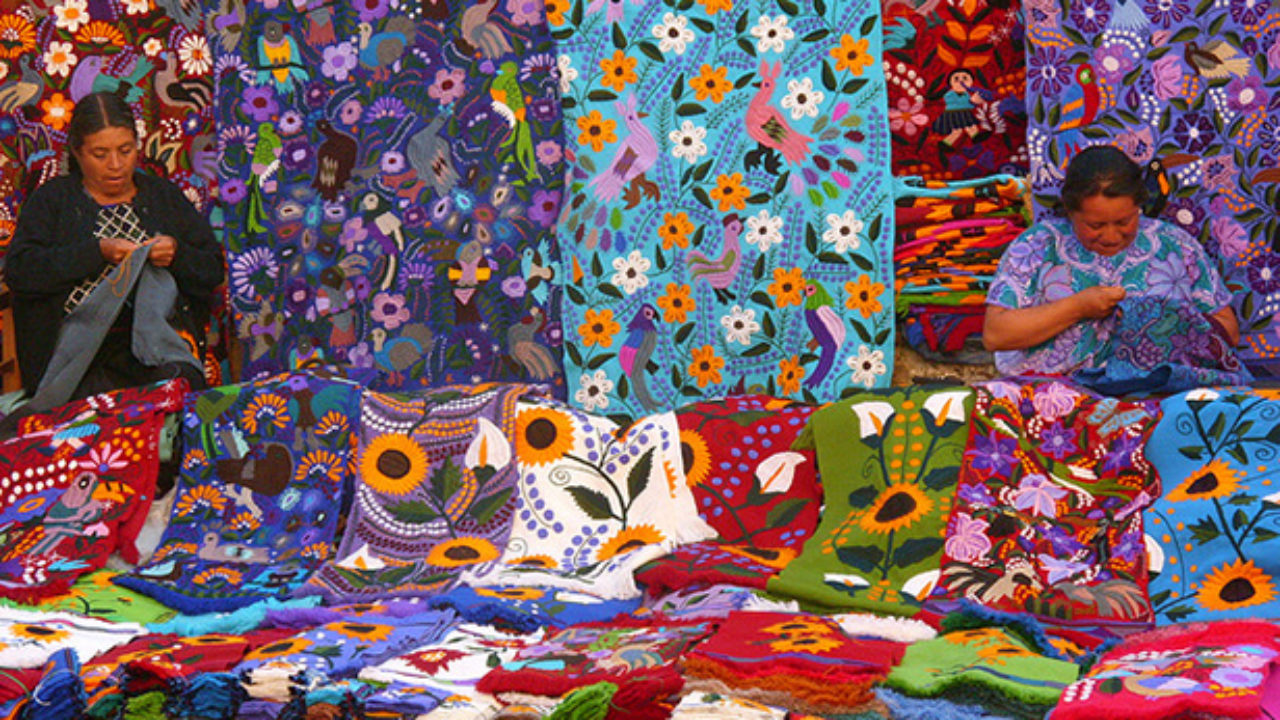The Valley of Mexico was a large area in the center of the country that was home to many indigenous civilizations, which vied for dominance among themselves for many centuries. Around 1100 there was another group that settled in the area and ruled Oaxaca. Learn everything about the Mixtec culture!
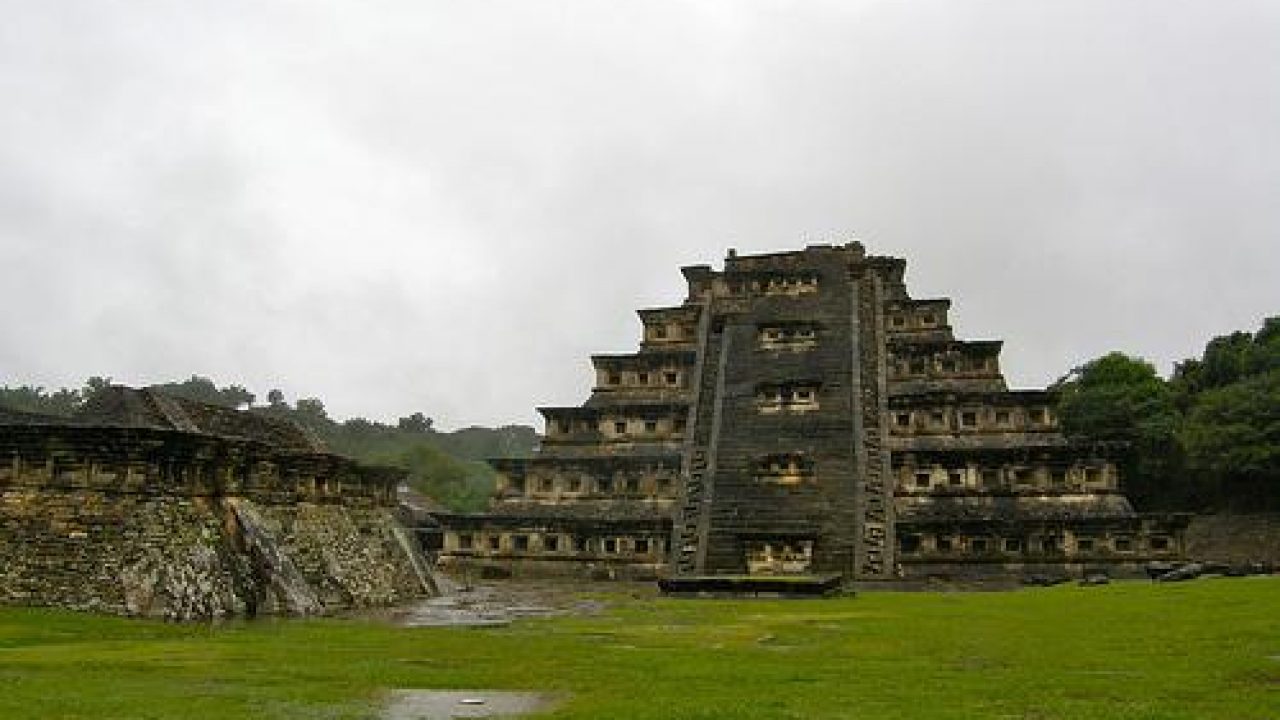
Mixtec culture
This cultural group was made up of a large number of clans that spoke different Otomanguean languages, but regardless of the clan, its name mixtec It meant: People of the rain.
The Mixtecs, who call themselves Nuu Savi, are one of the largest groups of native Mexicans with an estimated 500.000 individuals. Their home, known as the Mixteca, covers some 40.000 square kilometers and covers the western half of the Mexican state of Oaxaca, further extending into the states of Guerrero and Puebla.
Geographically, the Mixtec settlements were divided into three zones: Mixteca Baja, Mixteca Alta, and Mixteca de la Costa. It is estimated that the Mixtec population at its best could reach up to a million inhabitants, making it a civilization of transcendental relevance in indigenous history.
Like most indigenous societies, the Mixtecs revered the natural elements present in their various cults and ceremonies and maintained a marked social division into castes or classes. One of the most important aspects of the Mixtec culture is the creation of a logographic writing system, which allowed the elaboration of different codices such as the Codex Bodley and Codex Vindobonensis or Yuta Tnoho.
Geographic location of the Mixtec culture
The Mixtec people settled in the southern part of what is now the United Mexican States, in a territory that is now known as La Mixteca. This region is located between the southern state of Puebla, eastern Guerrero and western Oaxaca. It is estimated that the Mixteca occupies more than forty thousand square kilometers, in this area all the Mixtec towns were located, which were divided into three large geographical areas:
- Mixtec Baja (Ñuu I'ni)
- High Mixtec (Ñuu Savi Sukun)
- Coastal Mixtec (Ñuu Andivi)
Mixtec Culture: Language and Writing
The Mixtec language was similar to the Zapotec language, but the Mixtec writing system was not related to any of the other cultures. These communities instead of using text or letters, they used glyphs consisting of symbols and images to denote the language. They also used illustrations that symbolized important events such as wars, deaths of important people, and the coronation of their new leaders.
What stands out most about the Mixtec culture is its logographic-pictorial style writing system, they elaborated the famous codices, drawings and images that tell stories, myths, legends and different facts. Through tiny designs, they recounted the mythical origin of this community, as well as their divine beliefs and important moments.
For example, the Codex Zouche-Nuttall tells the stories of warriors who disputed power between the twelfth and thirteenth centuries. On the other hand, the Codex Vindobonensis Mexicanus, one of the most important tells the mythological stories of the Mixtec peoples.
Political organization
The Mixtecs were not a people organized under the rules of a single central government, on the contrary, they were a series of peoples that in many cases had internal conflicts. In the first instance, they dominated much of the valleys the clan of the yucuñudahui, which was relieved by the Yucuita as the dominant group, however, later the figure of the wow.
Marriage was used as a way or resource to establish alliances between different groups wildebeest, which allows them to show more strength and power in the fight against other neighboring peoples, even being Mixtecs.
The indigenous civilizations and tribes were numerous and had strong clashes very often. The pre-Columbian cultures that lasted the longest were those that maintained a strong and consolidated army, that were able to fight and hold out longer.
In the case of the Mixtecs, they developed many war techniques, such as armed attacks from a distance or melee attacks that were typical of these clans. One of his most outstanding warriors according to the Codex nuttal, was known as the Lord Eight Deer. whose name was Jaguar claw.
Economy of the Mixtec culture
Like all Mesoamerican indigenous cultures, agriculture was the main economic activity practiced by the Mixtec peoples.
The most important crop in the area was corn, which represented the basic food of the indigenous populations of these areas. In addition, variants of beans, chili and pumpkin were harvested. The Mixteca has a geography that is not suitable for agriculture, so these communities developed special irrigation systems and chose to terrace the land in order to plant crops.
Social organization
All ethnic groups and indigenous civilizations of the time were organized in a hierarchical system, made up of castes or classes, and the Mixtecs were no exception. As they ceased to be nomadic peoples, they settled in communities with different social classes.
Each Mixtec village was led by a cacique who had his own way and style to do so, however, what almost all the communities had in common was that their leader was always accompanied by a group of nobles, a social class that exercises some functions and minor government tasks. The working class, generally farmers, was the most numerous and the main provider of resources, also including artisans dedicated to ceramics, basketry and textiles.
The base of the social pyramid was occupied by servants and slaves, generally prisoners of war. Mixtec families are generally patriarchal and work is divided according to gender, for example, men cultivate the family plot and today often take paid jobs outside the village to provide for the family's needs.
On the other hand, the women of the Mixtec culture work mainly at home and in the fields when the men of the family are away for other jobs.
Their houses are rectangular buildings with small windows and a single door that, instead of opening onto the street, leads you to the patio. As family members age, they typically move in with a son's family, which may also house orphaned siblings or nephews, requiring a larger house to serve as a family compound in such cases.
Manners and a sense of duty towards the community are very important in Mixtec society, it is important to politely greet someone when passing by or exchange a few cordial words with a friend during a casual encounter, otherwise you are considered a much more rude individual .
The Mixtecs also adhere to the ancient tradition of serving the community called Tequio, which consists of a job where the members of the village must contribute materials or labor to carry out some contribution to it, for example, a street, a school, a well, etc. Paying this debt service is so important that family members who live outside the communities come home to pay it.
Food
The Mixtecs are primarily farmers, so they grow their staple foods, mainly corn, beans, wheat, garlic, onions, and tomatoes, where this infertile land allows them. In some areas they may also grow a wide variety of fruits, including apples, pears, peaches, and avocados. Some keep sheep and goats, however large-scale grazing is a bit tricky. They also live by gathering wild vegetables and mushrooms, hunting and fishing for crustaceans, frogs, fish, rabbits and deer.
They also take advantage of insects, which are considered a delicacy and a nutritious alternative, especially the grasshoppers collected on the mornings of October, November and December, when the insects gather in large piles. Generally the cooking of these insects is very simple, the grasshoppers are gathered and left to rest for a whole day so that they can digest the food and empty their stomach. They are then washed very well and drained.
When they are dry, they are covered with freshly squeezed lemon juice and sprinkled with salt, leaving them to marinate in the mixture. In a saucepan with butter, fry the grasshoppers until golden brown and accompany them with corn tortillas and sauce.
mixtec religion
Today the descendants of the ancient Mixtec culture are Catholic believers, but in times prior to the conquest and colonization they had their own religion. Like most other Mesoamerican indigenous groups, the Mixtecs had many different gods who depended on the flesh and blood of human and animal sacrifices to keep them satisfied.
The Mixtecs worshiped the sun and other natural forces of the world, life and death, the world after death, etc. They also had other gods that represented war, fertility, rain and other natural elements. They made blood sacrifices to show loyalty to their gods, but they specifically focused on areas such as the ears, the tongue, and sometimes the heart.
They were very good craftsmen and most of their beautiful pottery pieces were used for religious ceremonies, for example vessels and pots to collect blood from ears and tongues as offerings to their deities. Following their calendar, they also had fire rituals to celebrate the passing of time and the beginning of new religious eras. Currently, the Mixtec descendants practice a combination of their ancestral religion that affirms that all things in nature have a spirit, a practice known as animism and Catholicism.
In individual family life, marriages, baptisms and first communions are celebrated. In the communities, the largest festival involves a multi-day celebration for the town's patron saint, fun parties that include fireworks, banquets and games, as well as religious masses.
They also celebrate like the rest of the country the Day of the Dead, where families honor the deceased with home altars, feasting on the favorite foods of the deceased, and decorating their graves with candles and flowers.
Mythical origin of the Mixtec culture
The Mixtecs had the same mythical origin as the other Mesoamerican peoples, who claimed that they lived in the era of the Fifth Sun and that before this Era, the gods had created and destroyed the world on multiple occasions.
The creation is narrated in the Codex Vindobonensis Mexicanus I, where they also mention the arrival of their gods and other mythological stories. The Mixtec story of the creation of the world is very particular and gives us an idea of their vision of everything that surrounds them. Two deities were the first, creator fathers of the planet and of the four creator gods:
"In the year and in the day of darkness and darkness, before there were days, or years, the world being in great darkness, that everything was chaos and confusion, the earth was covered with water, there was only slime and mud on the surface. beam of earth
At that time, the Indians say that a god appeared visibly whose name was 'a deer', and by nickname 'jaguar snake' and a very pretty and beautiful goddess, whose name was 'a deer' and by nickname 'jaguar snake'. Cougar'. These two gods say they were the beginning of the other gods that the Indians had.
When both gods had the world ready and their four children were born, one of them known as Nine Winds conceived the first Mixtecs on the planet with the Apoala tree. among them Dzahuindanda, the arrow shooter of the sun.
Artistic expressions
The Mesoamerican indigenous cultures left a beautiful artistic legacy, which has allowed, among other things, a more detailed study of them, and the Mixtec culture is no exception. The Mixtecs developed various artistic expressions, with special emphasis on pottery and textiles, reflecting in them many of their religious beliefs. In addition to that, we find various sculptures of this civilization, in which they used stones such as jade and turquoise.
As noted above, most Mixtec artwork today involves textile production, including the weaving of wool and cotton fabrics, but also excels at weaving palm fronds into baskets and hats. .
The most famous and iconic piece of this culture is the Mixtec huipil, a delicately embroidered blouse in many colors worn by Mixtec women. These days the production of ceramics is no longer so frequent, however, the Mixtec ancestors made beautiful clay vessels, richly ornamented that used to be used in religious rituals.
The work with metals developed late, but it was not a limitation to elaborate incredible sculptures and representations with gold, being also very skilled in the manufacture of jewelry, resulting in excellent metallurgists. Originally from the Valley of Mexico, beautiful pieces of gold and turquoise were found that the Mixtec used as necklaces and pendants. The copper was used mainly to make everyday utensils.
mixtec decadence
Among the civilizations of the Mexican valley, dominance over a region was generally for a very short time, for this reason one dominant group gave way to another very often. They used to be very warlike civilizations that constantly invaded and dominated each other.
Although the Mixtecs had dominated the Oaxaca region, their time as overall leader was short compared to other empires. However, much of their culture remained in the region as it was somehow adopted by those who conquered.
Around the year 1400 the Aztecs began their conquest and domination of this valley and little by little the existing civilizations fell. The Aztecs demanded that all the empires they conquered give them money, food, and individuals as sacrificial offerings.
However, the Mixtecs did not give up easily and their powerful defense held out for a few years, until about 1458. Once the Aztecs had completely defeated and conquered the Mixtecs and Zapotecs, they built a huge fortification on a hill above of Oaxaca, to keep an eye on both groups.
By 1521, the Aztecs were defeated by a foreign force, with an appearance and weapons unknown to the inhabitants of the region. It was the Spaniards, who soon arrived in the Mixtec lands, surveying the valley and looking for the coveted gold.
The missions had begun to Christianize the Mixtecs and other groups in the Oaxaca region, around 1528. However, the arrival of the Europeans did not only bring a new faith, mistreatment and new Spanish diseases decimated many of the native populations, including the ancient Mixtec culture. Currently there are still Mixtecs in the Valley of Oaxaca and in areas of Guerrero and Puebla, which is known as La Mixteca.
If this article was of interest to you, be sure to check other blog links:
- Mesoamerican culture
- Location of the Mixtec culture
- Economy of the Mixtecs

